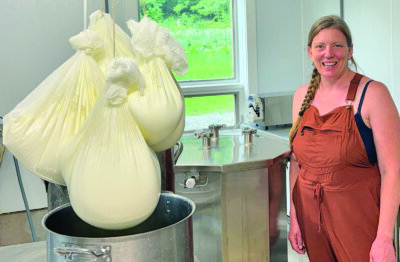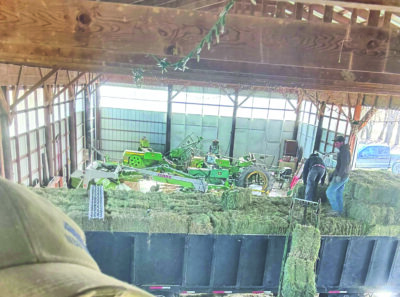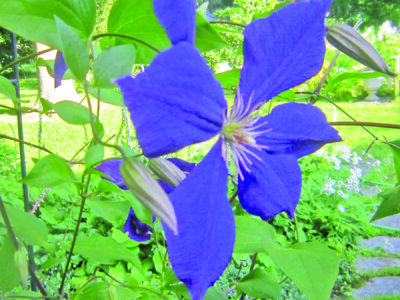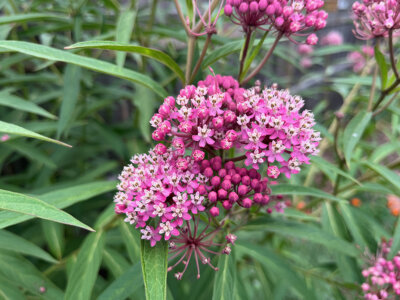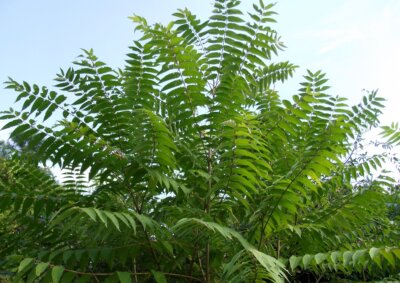How much garden would a woodchuck chuck?
First the good news: The vernal pool that our team monitors is brimming with tadpoles.
On a recent visit, patches on the surface of the water appeared to be boiling. On closer inspection, we found our pool to be a soup of tadpoles. We felt like proud parents and floated home on a wave of delight. Many predators find tadpoles utterly yummy, but never mind. There’s hope.
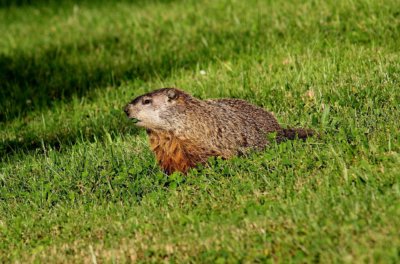 Meanwhile, in my vegetable garden things are looking rather hopeless as a family of woodchucks makes merry, devouring parsley, beets, chard, lettuce, kale and strawberries (so far).
Meanwhile, in my vegetable garden things are looking rather hopeless as a family of woodchucks makes merry, devouring parsley, beets, chard, lettuce, kale and strawberries (so far).
One of the few silver linings is that woodchucks don’t appear to appreciate asparagus, but that season is winding down.
A woodchuck that we spotted last summer, likely an immature female, has become a mother and has brought forth a litter, size yet to be confirmed, of juveniles with voracious appetites. The little ones are pretty clueless, as happens with youth, and amble into our have-a-heart trap for a nibble of cantaloupe. Not so Mama.
What are we learning about woodchucks? Also called groundhogs or whistle pigs, they are marmots, large rodents with enlarged claws for digging and large heads with ever-growing incisors well designed to demolish vegetation. When a member of the family perceives danger, it whistles in warning, hence one of its monikers.
Not only do they wreak havoc in gardens, groundhogs can undermine the structural integrity of sheds, driveways and foundations. Their extensive burrows can be 2-6 feet deep and up to 40 feet long with chambers for nesting or wastes. The main entrance, easy to spot in our yard, has a heap of dirt alongside. The tunnel system may also have as many as five other openings, ready to snap the leg of a grazing horse or cow.
Groundhogs are diurnal, doing their foraging during the day and sleeping at night. They are also among true hibernators, feeding up — we are witnessing this — for a winter slumber that begins in October and ends in early spring. During hibernation a woodchuck’s body temperature drops from 99 degrees to 40 degrees, and its heart rate from 100 to 4 beats per minute.
Mating occurs in the spring with a month-long pregnancy. The male does not remain with the female, who can bear a litter of from two to six babies each year once she is two years old. The average lifespan of a woodchuck in the wild is five or six years.
Like all mammals, woodchucks can carry rabies. It is rare for them to attack humans unless they or their babies feel threatened. Favorite foods include alfalfa, clover, peas, beans, lettuce, broccoli and soybeans. Groundhogs hate the smell of garlic, pepper and human hair.
What’s a gardener to do?
Build a fortress-like fence, of course, with wiring buried 10 inches or more against these tunnel diggers and 4-5 feet tall with a 1-foot overhang bent outward to prevent the critters from climbing into the garden. Not simple.
Massachusetts Audubon has detailed instructions on its website for fence building and also has another suggestion: After July 1, when the young have left the nest, soak cloth in olive oil and stuff all of the holes (if you can find them) except one.
The smell of rancid oil will drive the chucks away but with no guarantee that they won’t start digging other tunnels on your property.
On a positive note
If you are looking to make a difference locally this summer, consider removing invasives from Lake Champlain.
Lewis Creek Association runs a well-organized program on Town Farm Bay in Charlotte. Volunteers spend a few hours on summer mornings pulling frogbit and depositing it on a raft for composting.
Over the years this invasive has been reduced significantly through these efforts. Share a canoe (provided by Lewis Creek Association) and visit with a friend while helping the health of our wonderful lake. Contact Sara Lovitz.
Happy summer!
Related Stories
Popular Stories
If you enjoy The Charlotte News, please consider making a donation. Your gift will help us produce more stories like this. The majority of our budget comes from charitable contributions. Your gift helps sustain The Charlotte News, keeping it a free service for everyone in town. Thank you.
Andrew Zehner, Board Chair




